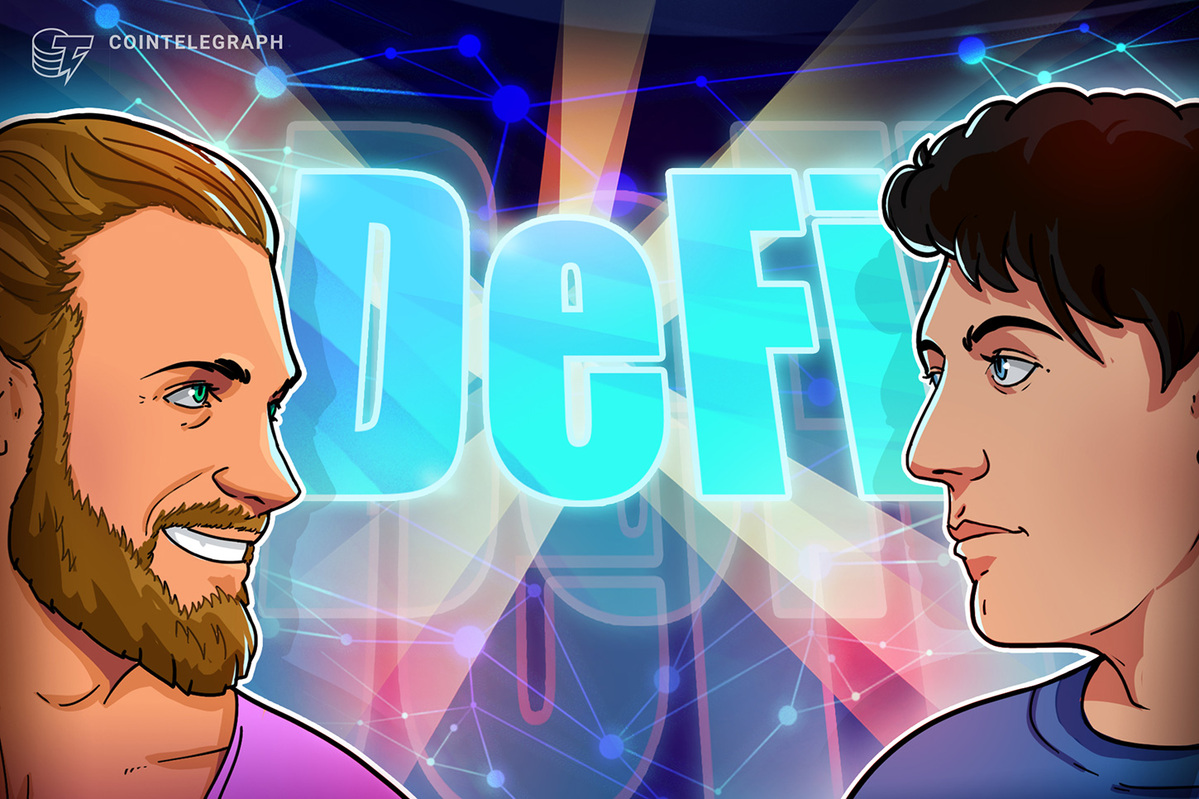Within the blockchain world, there’s endless talk about the importance of decentralization. But there’s a by-product from DeFi’s boom that is little talked about.
Fractionalization is an unavoidable consequence of the innovations we’ve seen over the past decade — and when implemented correctly, companies and individuals can benefit.
For example, it’s now possible to buy a small fraction of Amazon stock, potentially making it more affordable to millions of investors. With a single share now costing more than $3,000, this can be a high barrier to entry for most.
The explosion in non-fungible tokens has created an urgent need for such fractionalization to be applied to crypto collectibles — especially when NFTs are selling for hundreds of thousands, if not millions, of dollars.
A substantial number of NFTs are now valued at a price that’s way higher than the average customer can afford. Fractionalization paves the way for these retail investors to engage with the market, rather than remain idle within the DeFi ecosystem. Better still, this unlocks greater levels of liquidity, something we all know is crucial to its smooth running.
Remembering our roots
Sometimes, it’s all too easy to lose sight of the fact that Bitcoin was created in response to the 2008 financial crisis — finally giving people a way to control money for themselves and creating a more transparent and democratic economy. Whereas big banks were shutting people out, crypto was creating a way to welcome them in.
With the total market cap of all cryptocurrencies recently hitting $2 trillion, and the total value locked in DeFi protocols touching $90 billion, there’s a threat of history repeating itself. Fractionalization gives everyone a chance to enjoy the features that this vibrant ecosystem has to offer — allowing us to mutually own assets that they would not have been available to buy otherwise. And if fractionalization is removed from the equation, only the wealthiest will be able to benefit from DeFi’s functionality, significantly restricting market depth.
But let’s just also take a moment to think about this from an adoption standpoint. If more people are given a chance to show interest in a specific product, awareness can grow about its value. Right now, the NFT space is dominated by whales deciding what they want to spend their disposable income on — and this creates fears that the industry’s explosion is unsustainable.
Fractionalization gives the masses a chance to decide which projects are truly beneficial to an ecosystem, fosters innovation, and breeds passion. It’s the difference between a top-flight football match being watched by one wealthy investor behind closed doors, and 90,000 fans with season tickets getting a chance to enjoy a piece of the action.
Properly addressing fractionalization
It’s hard to overstate the importance of cross-chain bridges in helping DeFi reach its full potential, but achieving transparency in how these bridges are designed is by no means easy and should be of concern can all of us. Will they be on chain or off chain? How are validators chosen? And how can we ensure that they always act in our best interests?
On-chain bridges are the best option here because they can help achieve complete transparency, tackling the concerns of both users and developers. But there are obstacles that lie ahead. What will happen when a large number of users exceeds the bottleneck abilities of connected blockchains? In this case, a bridge may only transfer the issue from one network to another, without ever resolving the underlying problem.
Imagine if the crypto world had infrastructure that could fairly distribute the number of users through different chains — eliminating this problem altogether. It would be a feat equivalent to ensuring that commuters in the rush hour are equally spread across all the trains in a network, eliminating delays and providing everyone with a seat.
Such an approach would mean that the number of users required to create a bottleneck on the blockchain would need to be extremely high. As a greater variety of digital assets emerge and user bases across networks explode, technological advancements like this are becoming an inevitable feature of DeFi’s future — paving the way for costs on congested chains to be reduced while increasing available market liquidity.
Right now, the promise of fractionalization is being held back by the exceedingly fragmented nature of the blockchain industry. The various chains that exist are probably best compared to small islands in a vast ocean. Just like air travel made our world smaller, creating crucial connections between different lands, we need to build infrastructure that makes it easier for travelers in the crypto world to hop from one platform to another.
True financial independence lies in cross-chain integration — allowing people to combine an endless number of digital assets through a plethora of different chains.
The views, thoughts and opinions expressed here are the author’s alone and do not necessarily reflect or represent the views and opinions of Cointelegraph.
This opinion article presents the contributor’s expert view and it may not reflect the views of Cointelegraph.com. This content has undergone editorial review to ensure clarity and relevance, Cointelegraph remains committed to transparent reporting and upholding the highest standards of journalism. Readers are encouraged to conduct their own research before taking any actions related to the company.


